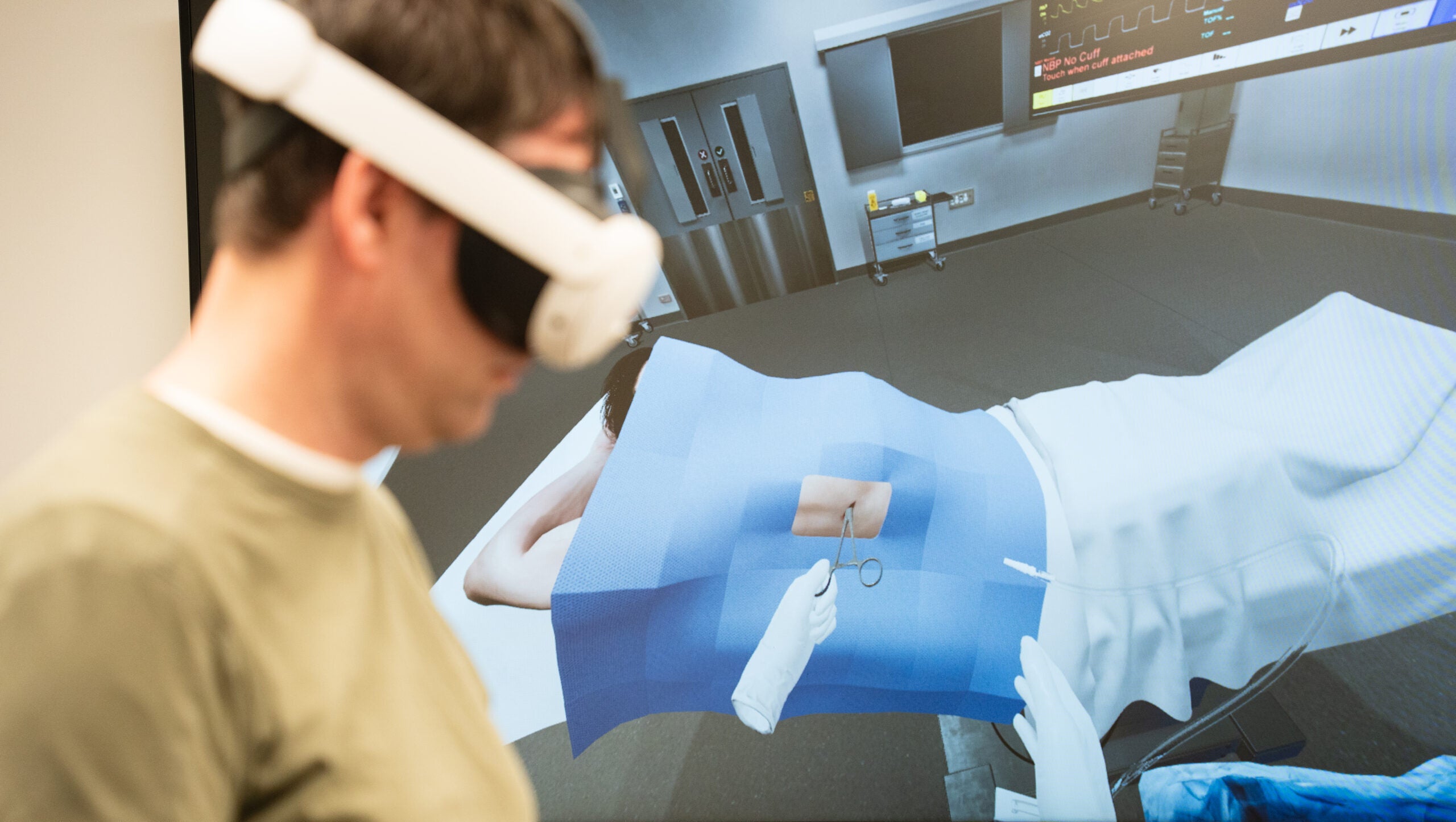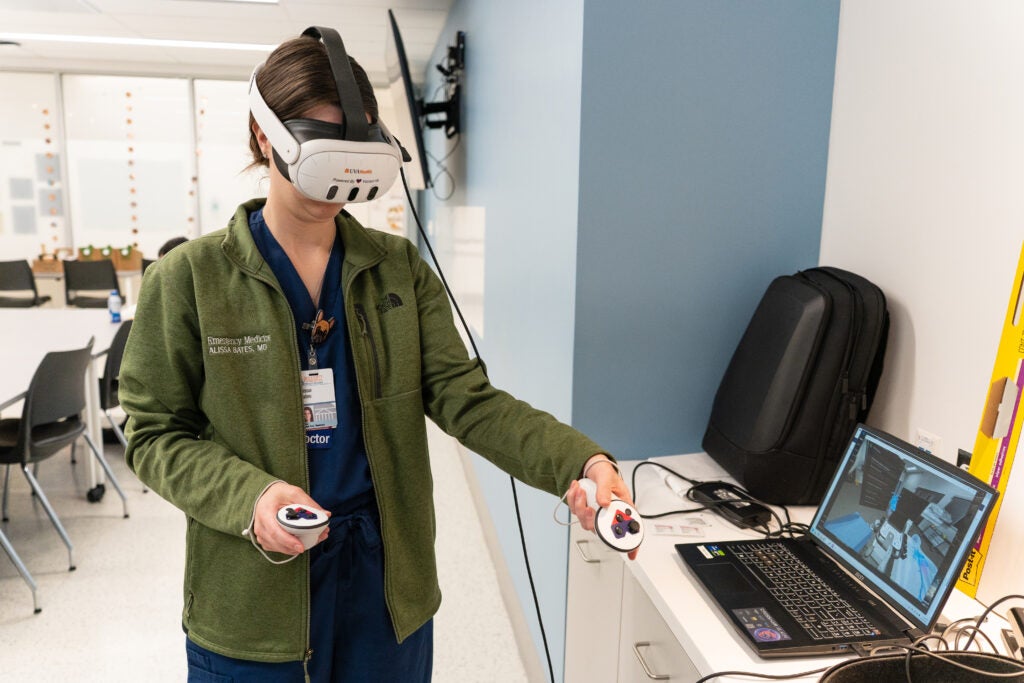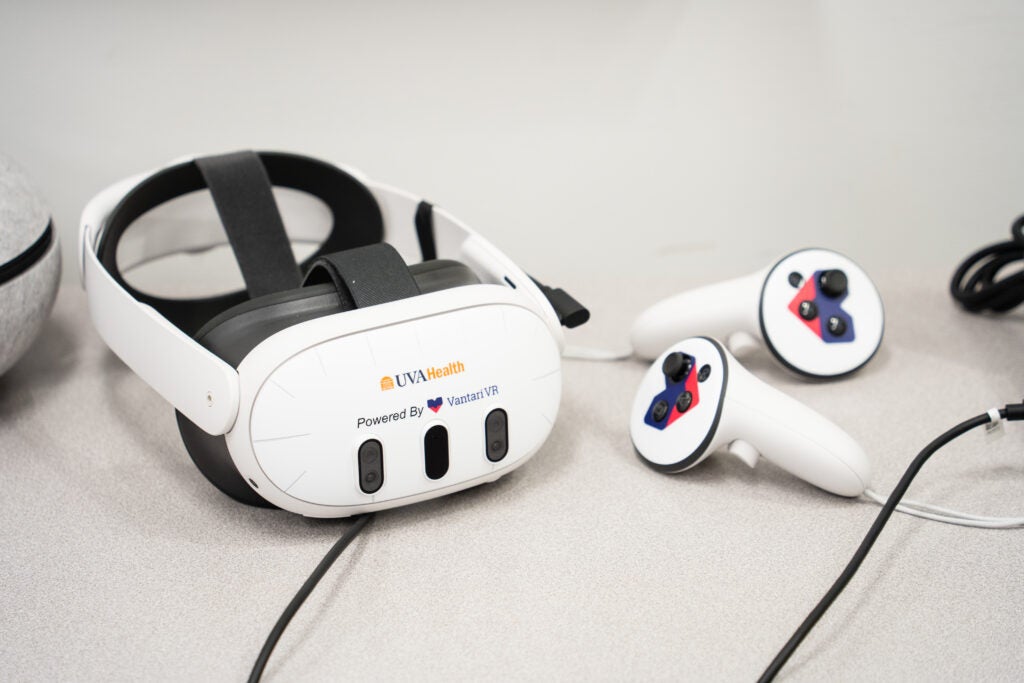
The University of Virginia Department of Anesthesiology is embracing the future of medical education with plans to incorporate Vantari VR, an award-winning, high-fidelity virtual reality training platform, into its curriculum for residents and fellows. This move positions UVA among a growing network of leading institutions using immersive simulation to enhance procedural training, clinical readiness, and patient safety.
What Is Vantari VR?
Developed by clinicians for clinicians, Vantari VR replicates real-world hospital environments—including operating rooms, ICUs, cath labs, and emergency departments—within a fully immersive virtual setting. Using a headset and handheld controllers, trainees interact with lifelike digital patients and equipment while guided step-by-step by an AI-powered virtual facilitator. Real-time feedback is provided as users perform procedures, and all performance data is logged and analyzed via Vantari Connect, the platform’s cloud-based learning management system.
What Procedures Can Be Practiced?
The platform is particularly well-suited for specialties like anesthesiology, critical care, emergency medicine, and cardiology. UVA residents and fellows will have access to a growing library of modules, including ultrasound-guided central line placement, chest tube insertion (traumatic and Seldinger techniques), arterial blood gas sampling, interscalene block, surgical airway (scalpel bougie), tracheostomy care and suctioning, right heart catheterization, intracardiac echocardiography (ICE), pulmonary artery catheterization, and point-of-care ultrasound (POCUS). These modules support both basic skill development and advanced procedural training.

Critical Care Fellow, Alissa Bates, MD practicing a procedure in virtual reality.
Who Will Benefit?
Vantari VR is built for learners and educators across the continuum of clinical education. At UVA, it will primarily serve anesthesiology residents and fellows preparing for high-acuity rotations, but its accessibility makes it a valuable tool for medical students, simulation centers, and practicing clinicians refreshing their skills or onboarding new technologies.
How Is Progress Measured?
Each simulation includes built-in performance tracking with objective scoring and step-specific feedback. Supervisors and educators can review detailed analytics to assess competence, identify learning gaps, and track progress over time. This data-driven approach supports both formative feedback and summative assessments, helping ensure trainees are ready to safely perform procedures in the clinical setting.
A Modern Solution
Vantari VR offers several advantages over traditional training models. It provides on-demand access without the need for physical mannequins, task trainers, or consumables. Training is standardized and aligned with evidence-based protocols and institutional best practices. The equipment is portable and fits in a backpack, enabling easy deployment across sites. Users can practice and refine complex procedures before encountering them in real life, which builds confidence. The system is scalable, supporting independent learning and large-scale adoption without requiring dedicated faculty time.
Backed by Results
Studies have shown significant improvements in clinical education outcomes when using Vantari VR. Research reports a 40% reduction in medical errors, a 32% improvement in procedural performance, a 75% increase in knowledge retention, and 400% greater engagement compared to traditional e-learning. These promising metrics, along with ongoing research partnerships, underscore the platform’s value as a transformative tool in medical education.
Looking Ahead
Vantari VR is already in use at over 25 institutions worldwide, including Harvard’s Beth Israel Deaconess, Yale, Henry Ford Health, and Johns Hopkins. UVA joins this elite group as part of a broader consortium committed to advancing immersive medical education.
The platform continues to expand, with upcoming modules in transesophageal echocardiography (TEE), POCUS eFAST, and AI-enhanced collaborative training. Partnerships with leading med-tech companies are also driving new content tailored to emerging devices and procedures.
The Department of Anesthesiology’s adoption of Vantari VR reflects a broader commitment to innovation, safety, and excellence in education. By integrating VR into the residency and fellowship experience, UVA is empowering its learners with the tools they need to excel—now and in the future. This cutting-edge platform allows trainees to practice complex procedures in a realistic, risk-free environment, enhancing both confidence and clinical readiness.
To see the platform in action, check out this short demo: Vantari VR Showcase, and stay tuned for more updates as we roll out this exciting new training tool!

